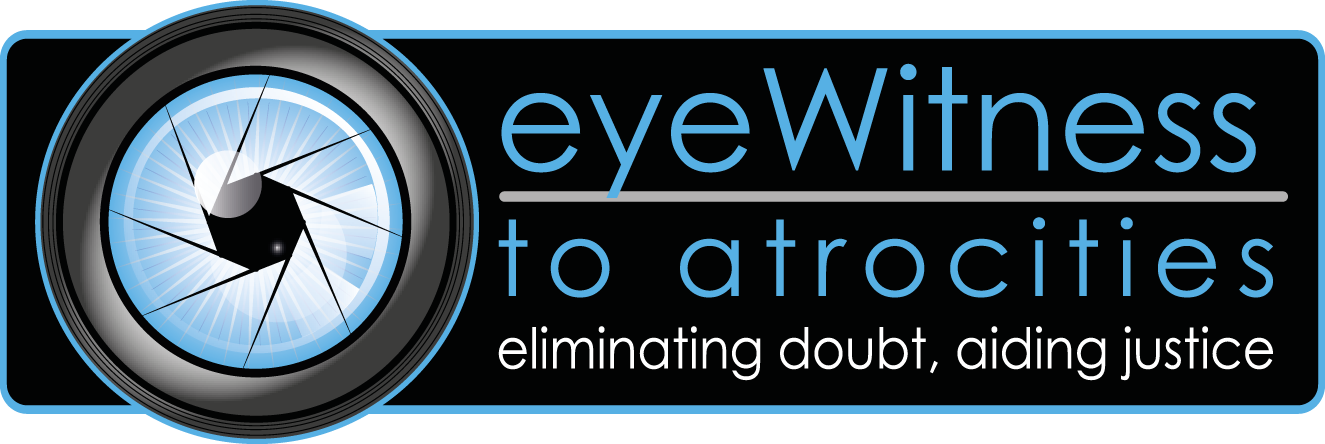Notes to the Editor
- Click here to read Bringing war criminals to justice: The story behind the eyeWitness to Atrocities app by Corinna Bold.
- eyeWitness to Atrocities was founded by the International Bar Association. ‘We believe in a simple vision: A world where those who commit the worst international crimes are held responsible for their actions. We use an innovative approach, combining law and technology, to make this a reality.’
- Volunteers are given training in reviewing traumatic content, and offered help, advice and strategies for how to cope with distressing images they may come across. Particularly graphic videos are tagged and reviewers are told what they will be seeing the night before to allow them to decide whether or not to participate.
The International Bar Association (IBA), the global voice of the legal profession, is the foremost organisation for international legal practitioners, bar associations and law societies. Established in 1947, shortly after the creation of the United Nations, it was born out of the conviction that an organisation made up of the world's bar associations could contribute to global stability and peace through the administration of justice.
The IBA acts as a connector, enabler, and influencer, for the administration of justice, fair practice, and accountability worldwide. The IBA has collaborated on a broad range of ground-breaking, international projects with the United Nations, the European Parliament, the Council of Europe, The Commonwealth, the Organisation for Economic Co-operation and Development (OECD), the World Trade Organization, the International Monetary Fund and the World Bank, among others.
In the ensuing 70 years since its creation, the organisation has evolved from an association comprised exclusively of bar associations and law societies to one that incorporates individual international lawyers and entire law firms. The present membership is comprised of more than 80,000 individual international lawyers from most of the world’s leading law firms and some 190 bar associations and law societies spanning more than 170 countries.
The IBA has considerable expertise in providing assistance to the global legal community, and through its global membership, it influences the development of international law reform and helps to shape the future of the legal profession throughout the world.
The IBA’s administrative office is in London, United Kingdom. Regional offices are located in: São Paulo, Brazil; Seoul, South Korea; and Washington DC, United States, while the IBA’s International Criminal Court and International Criminal Law Programme (ICC & ICL) is managed from an office in The Hague, the Netherlands.
The International Bar Association’s Human Rights Institute (IBAHRI), established in 1995 under Founding Honorary President Nelson Mandela, is an autonomous and financially independent entity, working to promote, protect and enforce human rights under a just rule of law, and to preserve the independence of the judiciary and the legal profession worldwide.
Find the IBA and IBAHRI on social media here:
IBA (@IBAnews)
- twitter.com/IBAnews
- twitter.com/IBAevents
- www.facebook.com/internationalbarassociation
- www.linkedin.com/company/international-bar-association
IBAHRI (@IBAHRI)

